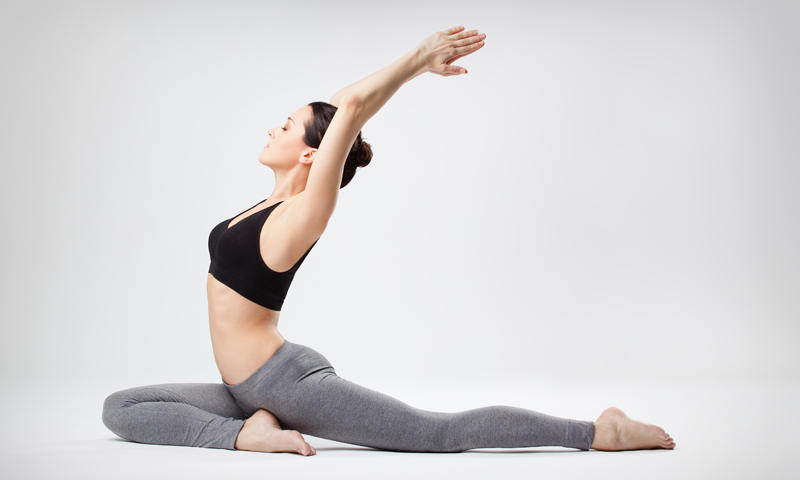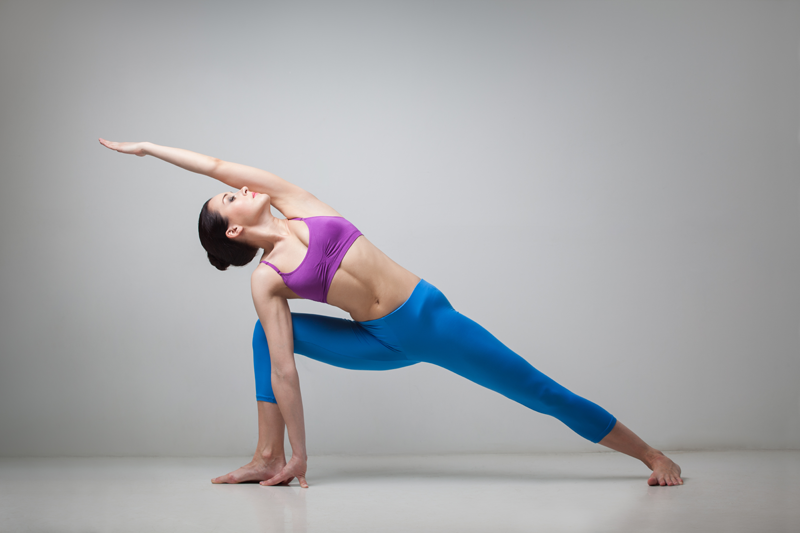
Functional Movement and How Yoga Supports it
3rd May 2019
What is Uddiyana Bandha?
10th May 2019What Does a Yogi and a Yogini Look Like?

You’ve probably heard the term ‘yogi’ or ‘yogini’ in passing conversation, but what does it actually mean? What is a yogi or yogini, and what do they look like? Surely it’s about more than a fancy yoga bra and a great body. In this article, we explore yogis and yoginis in more detail and find out what the term is all about.
What Defines a Yogi or Yogini?
Yogi is a Sanskrit term for a person who is proficient at yoga. The term yogini means exactly the same thing, though it refers to a female practitioner instead of a male. Essentially, anybody that practises yoga is a yogi or yogini. In some cases, people use the term to refer to masters of the practice, but this isn’t necessarily the correct. The practice of yoga is living, breathing, and ever-changing. There are no rules, exclusions, or conformity. Unlike other forms of exercise, you don’t have to look, act, or be a certain way. The best thing about yoga is that you’re free to be exactly who you are. If you practice yoga, you’re a yogi or yogini – regardless of whether you’re an expert or a novice.
What Do They Wear?
While there are no set clothes for yogis, certain things are recommended. Wearing a flexible pair of yoga pants will ensure your movement isn’t restricted. Providing that the material is stretchy, you won’t have to worry about it ripping halfway through a posture! For yoginis, yoga bras are important. A good-quality bra will keep your bust supported through the class and prevent any embarrassing slips! Another good shout is a lightweight yoga top. Opting for a breathable material will not only keep you cool, but it will also allow your body to oxygenate sufficiently.
What Accessories Do They Have?
Wheel
One of the most common yoga accessories is the wheel. Used to aid flexibility, the prop can be used to assist backbends and inversions to keep the spine aligned. Also, the wheel can be used to maintain balance and build strength in the core. Choosing a good quality wheel will ensure that it remains sturdy and supportive for years to come.
Blocks and Bricks
Blocks and bricks can be used to raise the floor level when your arms cannot reach the ground. This allows less flexible practitioners to use the pose without discomfort. Blocks can also be used to support the body during restorative asanas. When used this way, a block may be used to support the legs, head, or back.
Blocks and bricks are available in various shapes, sizes and materials including cork, wood, and foam. The wide range allows yogis to choose a prop that best suits their needs. If you want something softer, consider opting for foam. Before making your choice, ensure that the prop is at least four inches thick. While thinner blocks may be comfy at first, they’ll quickly lose support and do more harm than good. If you’d like an eco-friendly option, cork and wood are both great choices.
Bolster
Regular yoginis may use a bolster to aid their practice. This prop will support the body in restorative postures and allow the muscles to relax fully. During Supported Bridge Pose, Corpse Pose, and Legs up the Wall, placing a bolster under the knees is particularly beneficial. Bolsters are available in a range of shapes and sizes. Depending on your preference, you may either choose round or rectangular. As both shapes have their benefits, simply choose the one you feel most comfortable with.

Strap
Yogis and yoginis may also use a yoga strap. Though it can be used in a number of different ways, its most common function is to extend the limbs to support certain asanas. New practitioners often aren’t flexible enough to use certain poses. Thankfully, a strap can be used to perform the posture properly, even when the limbs don’t quite reach.
What Do They Do?
To be a yogi or yogini, all you need to do is practice yoga regularly. Exactly how often you practice will depend on your lifestyle, routine, and personal goals, as well as whether you’re hoping to practice at home or in a studio. If you’re strapped for time, home-practice can be a great way to fit yoga into your schedule. When using a studio class, you’ve got to take the length of the session plus the travel time into account. If you’re practising at home, you’re already at your studio! If you’re struggling to focus, turn an area of your house into a personal studio. If you’ve got the space, fill a spare room with yoga props and cosy blankets. If you want to make it even more relaxing, light a few scented candles or incense sticks whilst you workout. If space permits, leave your mat unrolled all week. This way, every time you pass by you’ll be invited to practice. The only problem with home-practice is the lack of instructor to correct your form; however, this doesn’t have to be an issue. If you’re new to the practice, try to attend at least one studio session before practising at home. This way, the instructor will be able to check your form and help you to avoid injury.
In Summary
In addition to asana practice, there are other ways to live a yogic lifestyle. Some of the most popular ways include clean eating, pranayama practice, regular meditation, and spiritual fasting. It’s worth noting that you don’t have to do all of these to be classed as a yogi or yogini. As long as you’re putting on your yoga hoodie regularly, you’re on the right path and the rest is up to you.

